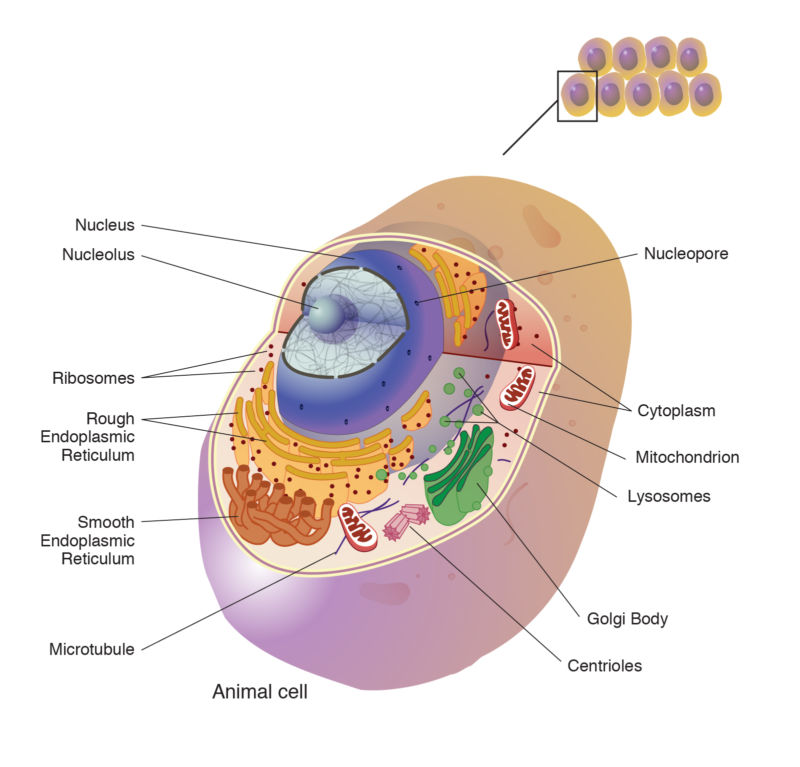We’ve finally gotten a look at the microbe that might have been our ancestor

Enlarge / A eukaryotic cell has a lot of complex structure that bacteria and archaea lack. (credit: NHGRI)
The cells of all animals, plants, and fungi have an impressive complexity, with a variety of compartments specialized in various tasks, like generating energy, digesting proteins, or holding DNA. If you look at bacteria or archaea, however, their interiors are essentially featureless. How did this cellular complexity come about?
A key thing that has limited our understanding here is that we've never gotten a sense of what the ancestors of complex cells looked like. Over the last several years, we've found increasing genetic evidence of the existence of modern descendants of these organisms, but we've never been able to grow them to have a look at them. On Tuesday, however, a paper reports on the success of a decade-long attempt to get one of these to survive in culture. And the resulting microbes look very weird-but weird in a way that hints at how complex cells evolved.
Welcome to AsgardComplex cells, called eukaryotes, carry a mixture of three types of genes. Some come from the bacteria that were incorporated as mitochondria and chloroplasts. Others seem to have evolved after the origin of complex cells. And yet others seem to have originated in archaea, a distinct type of simple, single-celled organisms that were once classified as bacteria. This provided key support to the idea that complex cells originated when archaea somehow swallowed bacteria and started using them to produce energy.
Read 12 remaining paragraphs | Comments